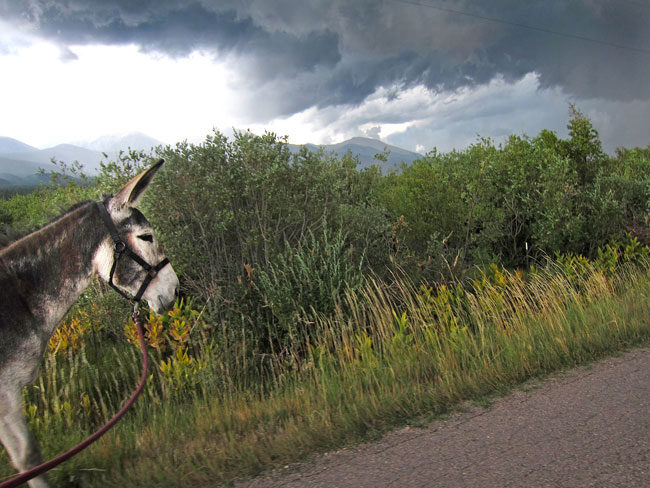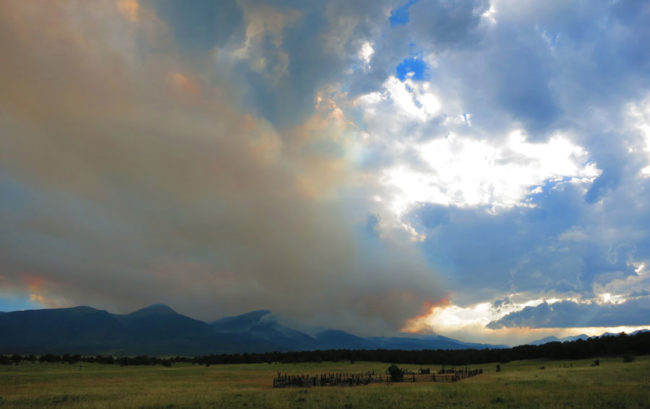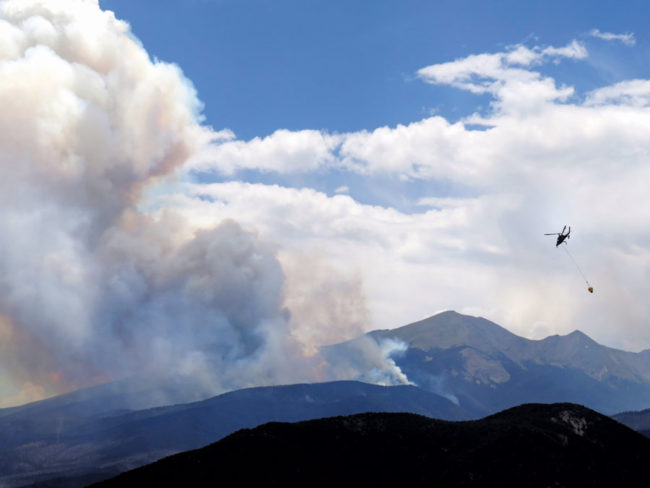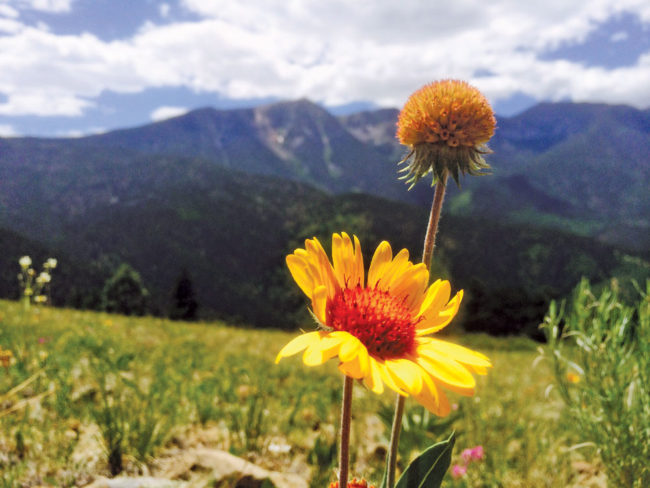By Peter Anderson The night the fire came over the ridge, I happened to be walking near downtown Salida when I saw a large four-legged shadow in someone’s yard. Big dog, I thought. Only it wasn’t a dog. When it walked under the streetlight in a back alley I said hello to a bear, a hefty bear at that. Maybe the smoke had run it down off the north slope of the mountain. Or maybe it was the strange glow of the flames in a dark sky. I thought about following the bear into the alley, from a distance of…




